Mysore Practice
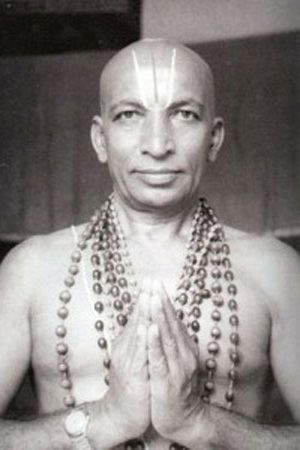
The teacher will observe the practices of the yoga students and give hands on adjustments, verbal advice and explanation of the poses and practice as needed. It is great because then the teacher can focus on giving you personal attention for the postures you need improvement on.
What Does Mysore Style Mean?
Mysore is the name of the city in India where Krishnamacharya started to teach in the Mysore Palace. You could call him the ‘grandfather’ of modern day hatha yoga. He was the teacher of BKS Iyengar, TKV Desikachar, Indra Devi, AG Mohan and Sri K Pattabhi Jois, among others. Now you can call Pattabhi Jois the ‘father’ of Ashtanga Vinyasa Yoga. He took over the teaching from Krishnamacharya in Mysore and continued to teach up until his passing at age 92 in 2009.
In Mysore, India all the yoga students were taught ‘individually’ within the group. You may ask yourself: How can each person be taught individually when there are only one or two teachers and several students? Each person practices the portion of the Ashtanga Vinyasa series which has been advised to them by their teacher.
Mysore Style Astanga Yoga
Mysore style Astanga yoga practice offers a highly personalised approach without the cost of a private lesson. During Mysore Practice careful attention is paid to each student, giving personal guidance to build up an intelligent, mindful practice.
Mysore Style is the traditional way of teaching the Ashtanga Vinyasa Yoga, as taught by Sri K. Pattabhi Jois. In Mysore class, everyone works within his or her own breathing rhythm and capabilities; growing slowly with the practice to ensure a life-long sustainable practice. Students will begin to learn and to memorise the sun salutations and then eventually the whole primary series. The teacher is always present to help if you forget something. The teacher gives personal advice that isn’t always possible in a group led class. Each person comes and starts and finishes their practice at their own time (within the time limits specified on the schedule).
Traditionally the practice is done in the morning before you start your day, as the sun rises. When you start the day doing something to nourish the body, mind and soul you will notice that throughout the day you will tend to make choices that also nourish.

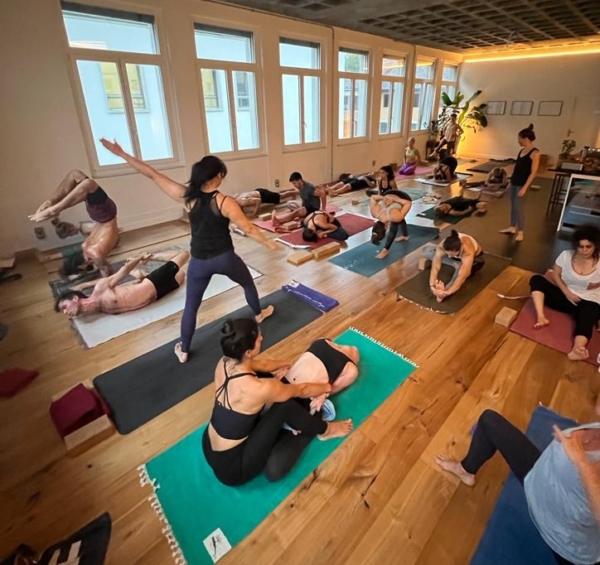
Why Am I Personally So Committed to the Sharing of This Mysore Style Ashtanga Practice?
Mysore Class at Ashtanga Yoga Vevey
Here are some reasons to join a Mysore class at Ashtanga Yoga Vevey and to build a self-practice:
One size doesn’t fit all. We are all different, and hence no guided class can fit the needs of everybody. In fast paced led classes people often end up doing postures they are not ready for, with poor or minimal instruction, which in turn has caused way too many injuries, frustrations and misunderstandings. In the Mysore room you progress gently at your own pace, and learn how to approach the practice skilfully and patiently.
Your teacher will address you by name. Your teacher knows your practice inside out. You will receive adjustments to guide you to correct alignment and learn new postures when you are ready. If you forget something or have questions, the teacher is there to assist you. All this helps you to improve and grow where you need it most. As a bonus, it comes without taking a private session.
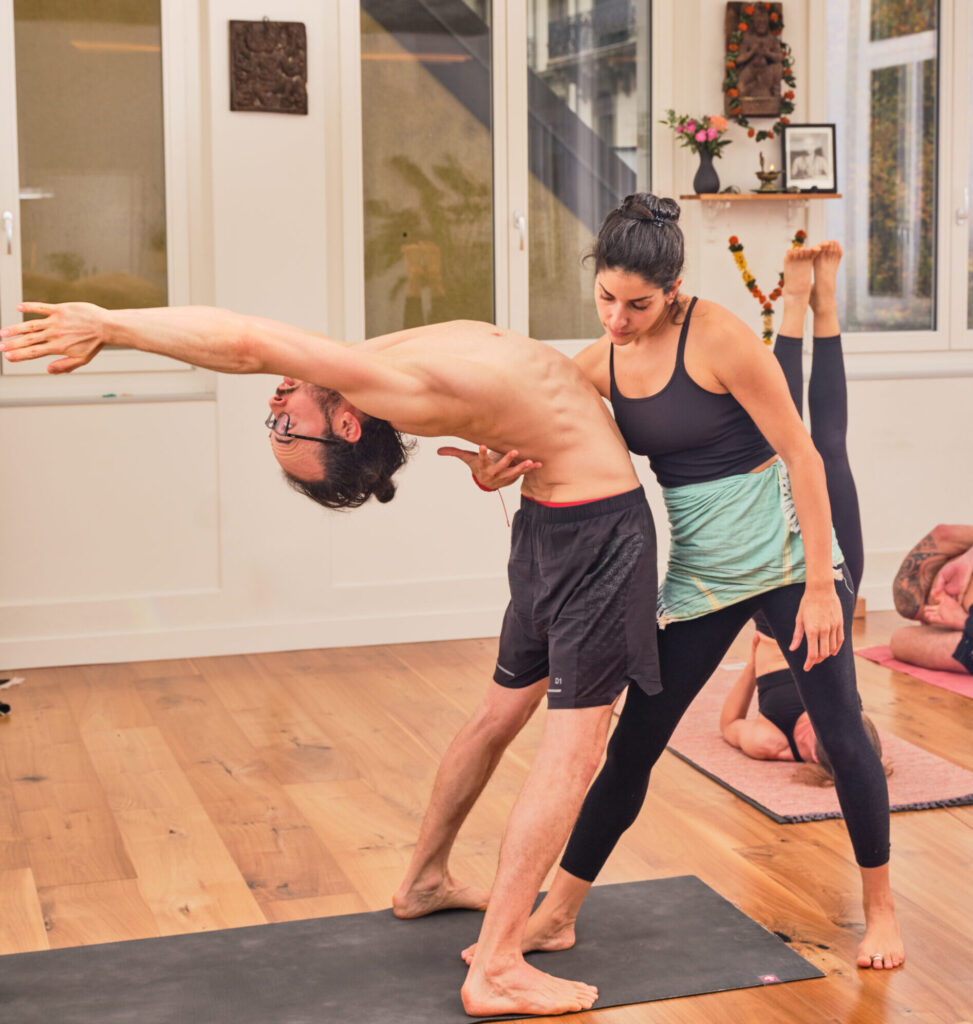
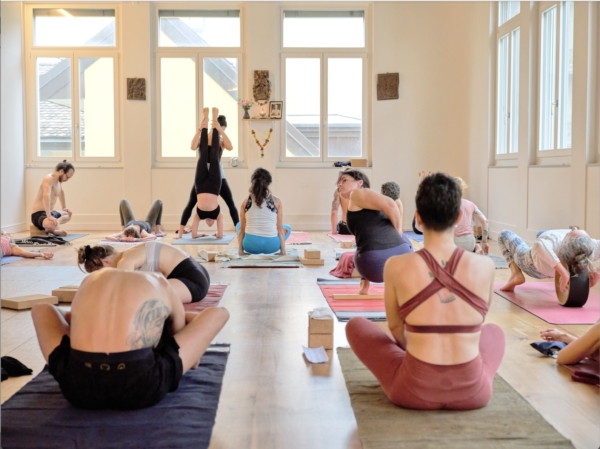
The best news is that anyone can practice. No preparation is needed, just get started as you are and be consistent. When facing the challenge of stepping onto the mat, remember that the practice doesn’t have to be perfect, it doesn’t have to be super deep or to even last long. It just needs to happen often enough. Start with 10 minutes. Keep breathing. Keep focusing. A regular routine builds up a positive inertia that drives towards the mat again and again. You may even become hooked, which is an addiction with only positive side effects.
Mysore Class at Ashtanga Yoga Vevey
Here are some reasons to join a Mysore class at Ashtanga Yoga Vevey and to build a self-practice:
Memorization of the sequence means you own your practice, and you can take it anywhere you go. You can also spend more time on things that need extra attention and practice good self care by slowing down when needed. Building up independency is the best way you can apply all you learned from your teacher. Learning to be self-reliant and mindful on the mat helps over time reveal how to take it off the mat.
You don’t have to listen to anyone talking and there’s no new age music. The practice is quiet, it’s all about you and very little about the teacher. Instructions are down-to earth and the practice is your space for exploration and research. It becomes your personal meditation in motion.
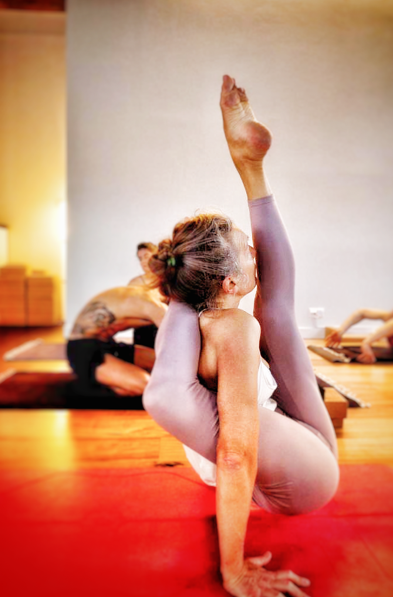
Another of the many benefits is bringing the mind directly into your practice. Yoga technically means Union; some of the things we are aiming to unite are the body, breath and mind. Memorising is a healthy activity for the mind and connecting the mind to the inner workings of the breath and body lead to awareness and mindfulness in all aspects of your life.
Why Bother Memorising the Practice?
The main benefit of this is that you start to bring the senses and the mind inwards. When taking led yoga classes the mind needs to stay outward, concentrating on the instructions of the teacher. Once you know the asanas you can bring the mind inwards concentrating on the inner workings of the body and the breath more deeply and observing the quality of the mind. What’s happening there? Are we judging? Are we letting our ego push us? Are we letting the mind be negative or lazy? Are we calm and quiet inside or restless and impatient? Is the mind clear and concentrated on the task at hand or is it drifting? Is the breath laborious or serene and smooth? Is the body moving fluidly, finding balance between strength, stability and release or is it trembling, tense and blocked?
The next main benefit we see is that it gives the opportunity to have each individual work where each individual is; following his/her own breathing rhythm rather than following a guided class which must take into consideration the needs of the entire group.
